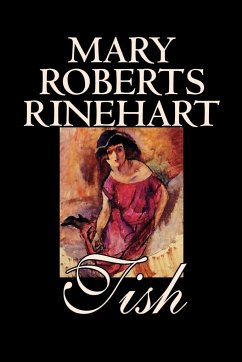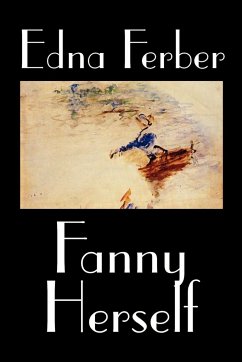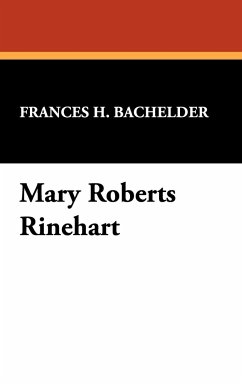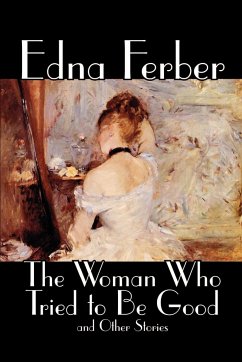The ill nature of the cartoon, for instance, which showed Tish in a pair of khaki trousers on her back under a racing-car was quite uncalled for. Tish did not wear the khaki trousers; she merely took them along in case of emergency. Nor was it true that Tish took Aggie along as a mechanician and brutally pushed her off the car because she was not pumping enough oil. The fact was that Aggie sneezed on a curve and fell out of the car, and would no doubt have been killed had she not been thrown into a pile of sand. It was in early September that Eliza Bailey, my cousin, decided to go to London, ostensibly for a rest, but really to get some cretonne at Liberty's. Eliza wrote me at Lake Penzance asking me to go to Morris Valley and look after Bettina. . . .
Hinweis: Dieser Artikel kann nur an eine deutsche Lieferadresse ausgeliefert werden.
Hinweis: Dieser Artikel kann nur an eine deutsche Lieferadresse ausgeliefert werden.








